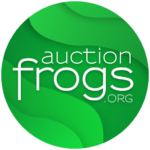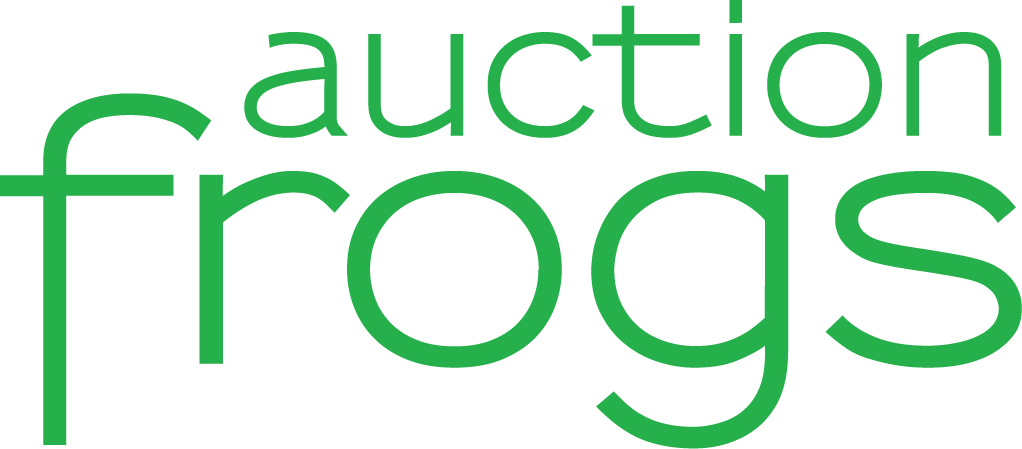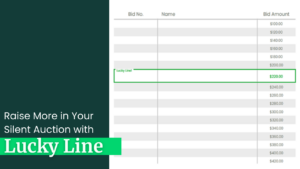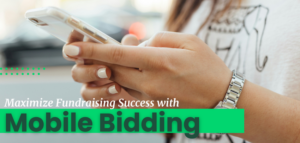What exactly is a hashtag? Hashtags are metadata tags used on social networks, such as Facebook, Twitter, and other microblogging services, that help users easily find messages with specific content or themes.
Simply put, a hashtag is a keyword or keyphrase led by a pound or hash sign and typed out without spaces—#AuctionFrogs and #Fundraisers, for example. You can (and should!) include them in all of your social media posts—at the beginning, at the end, or anywhere in between.
Hashtags tie public conversations from different social media users into a single stream. These streams can be found by searching for them, clicking on them, or using third-party monitoring tools. When used properly, hashtags are a great way for you and your brand to make your posts more visible and engaging. They give your audience useful context, cues for recall, aggregate posts and images together, and update like-minded followers on specific topics in real-time.
Quick Tips for your Facebook posts
Facebook creates some unique challenges when tracking how users are interacting with your hashtags. Due to the volume of private profiles, it can prove more difficult to pull complete metrics on your hashtags’ performance.
- Using hashtags in your Facebook posts make your posts searchable, which is especially important when you consider the multitude of searches Facebook handles every day.
- Data shows that Facebook posts with hashtags get as much as 12.6% more engagement than posts without them.
Quick Tips for your tweets
Hashtags can be used anywhere in the body of your Tweets. Place them at the beginning for emphasis, add them at the end for context, or let them live in the middle of your post to highlight a keyphrase. They can also be added to your comments when you retweet a tweet, when you reply to a tweet, and even in your Twitter bio!
- DO encourage your audience to use your hashtags—and give them a reason to use them! Offer a prize or some simple recognition to followers with a Retweet. Either way, your audience will respond better when there is an added value to their participation and engagement..
- DO use branded hashtags. Twitter Ads allow you to add a fun, visual element whenever your hashtag is used by your followers. These branded hashtags are shown to increase engagement by up to 10%, so if you have room in your budget, give Twitter Ads a try!
- DO partner with influencers or followers to gain exposure and visibility for your brand.
- DON'T use ALL-CAPS. Unless your hashtag is an acronym, ones displayed in all-caps feel a bit like shouting. Plus, since they are case-sensitive, those in all-caps will require extra effort for your followers to type out.
- DON'T try to force your hashtags. They are meant to be inclusive, shareable, and discoverable. If it doesn’t organically fit within a Tweet, it will feel forced and lose its intended purpose.
Quick Tips for your Instagram stories
While you can post hashtags in your image captions, you may want to consider moving them to the comments section instead. Including your hashtags as your post’s first comment allows your followers to focus on the great caption you’ve written first.
Much like with Twitter, it is also possible to include hashtags in your Instagram profile bio. Don’t miss out on the opportunity to do so!
Best hashtagging practices
- Be Specific: When using a hashtag to join a conversation, make sure it is specific and relevant to your topic. Vague and generic usage won’t be very effective or engaging for your audience.
- Keep it Simple: Hashtags, like hyperlinks, look like spam if they are overused. Keep it to a maximum of three in your posts and comments on Facebook and Twitter (you can get away with a bit more on Instagram). And, be careful not to use the same hashtag twice in one post.
- Give Context: A tweet or post that contains only hashtags is confusing to social media followers. Be sure to provide context with relevant captions so that you are adding to the conversation.
- Do your Research: Hashtags are often related to current events and cultural trends. If you’re unsure what one might be referencing, research it on multiple social platforms before including it in your posts. If you’re creating a brand new hashtag, make sure it’s not already being used first.
- Keep it Short: Don’t string too many words together to create your keyphrase. The best hashtags are relatively short and easy to remember.
- Capitalize: Remember, hashtags are not case sensitive. If you are combining multiple words together to create your keyphrase, capitalize the first letter of each word to make it easier to read and understand.
Use Auction Frogs for your next Online Auction
Our platform is feature-rich, simple to use, and yields great results. It allows for an unlimited number of item and image uploads, plus it can be customized to reflect your brand identity. And, with a mobile-friendly user experience, bidders can participate on any smart device.
So, get in touch today to see how we can help make your next virtual fundraiser a successful one!
About the author

Auction Frogs
Auction Frogs streamlines your fundraising process by giving live and silent auctions a digital backbone. Reduce hassles, save valuable volunteer time, and increase your revenue raised. We deliver unique technology to simplify the experience of hosting a successful fundraiser.
- Auction Frogs#molongui-disabled-link
- Auction Frogs#molongui-disabled-link
- Auction Frogs#molongui-disabled-link
- Auction Frogs#molongui-disabled-link




